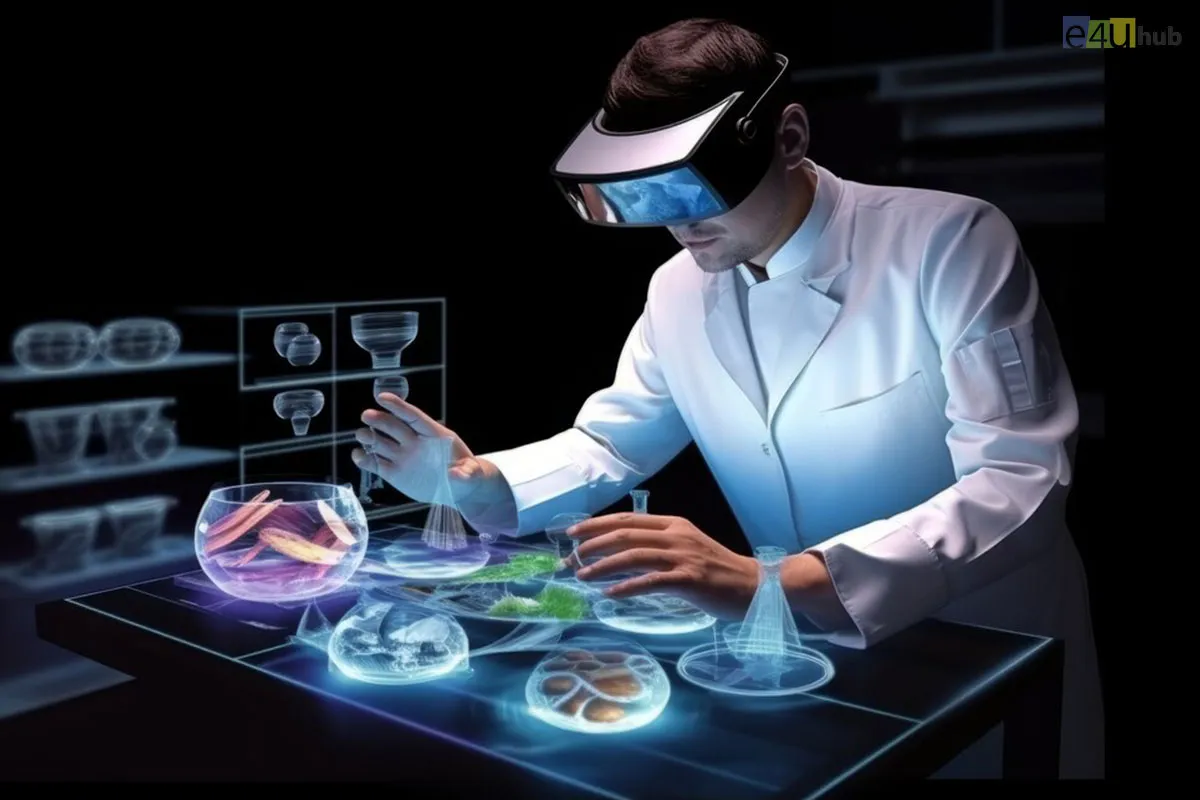
How Technology Is Revolutionizing Personalized Healthcare In 2024
- 15 Jun, 2024
- Health
- 735 Views
- 0 Comments
In 2024, the healthcare landscape is transforming, driven by rapid technological advancements. Personalized healthcare, once a futuristic concept, is now becoming a reality, thanks to the integration of cutting-edge technologies. These innovations are enhancing the accuracy and efficiency of medical treatments and tailoring healthcare to each individual's unique needs. This blog delves into the various technologies revolutionizing personalized healthcare and their impact on patients, providers, and the healthcare industry as a whole.
1. Genomic Medicine: Unlocking the Secrets of DNA
Genomic medicine is at the forefront of personalized healthcare. By analyzing an individual's genetic makeup, healthcare providers can gain insights into their susceptibility to certain diseases, how they might respond to different treatments, and what preventive measures they can take. Advances in genomic sequencing technology have made it faster and more affordable to decode an individual's DNA, paving the way for more personalized and effective healthcare interventions.
Impact:
a. Early Disease Detection: Genomic screening allows for the early detection of genetic predispositions to diseases like cancer and diabetes, enabling proactive management.
b. Tailored Treatments: Personalized treatment plans based on genetic information can improve the efficacy of medications and reduce adverse effects.
c. Preventive Healthcare: Individuals can receive customized advice on lifestyle changes and preventive measures based on their genetic risk factors.
2. Artificial Intelligence and Machine Learning: Enhancing Diagnostic Accuracy
Artificial intelligence (AI) and machine learning (ML) are revolutionizing the way healthcare providers diagnose and treat diseases. These technologies analyze vast amounts of data to identify patterns and make predictions that can assist in diagnosing conditions more accurately and swiftly. AI algorithms can process medical images, analyze electronic health records (EHRs), and even predict patient outcomes.
Impact:
a. Improved Diagnostics: AI-powered tools can detect anomalies in medical images with high precision, aiding in the early detection of diseases such as cancer.
b. Predictive Analytics: Machine learning models can predict disease progression and treatment outcomes, allowing for more informed decision-making.
c. Personalized Treatment Plans: AI can analyze patient data to recommend personalized treatment plans that consider individual health histories and genetic profiles.
3. Wearable Devices and Remote Monitoring: Empowering Patients
Wearable devices and remote monitoring technologies are empowering patients to take control of their health. Devices such as smartwatches, fitness trackers, and medical-grade wearables continuously collect data on vital signs, physical activity, and other health metrics. This real-time data is invaluable for personalized healthcare, as it provides a comprehensive view of an individual's health status.
Impact:
a. Continuous Monitoring: Patients with chronic conditions can be monitored continuously, allowing for timely interventions and adjustments to treatment plans.
b. Data-Driven Insights: Wearable devices provide data that can be used to tailor healthcare recommendations and track the effectiveness of treatments.
c. Patient Engagement: Wearables encourage patients to stay engaged with their health by providing feedback and motivation to maintain healthy behaviors.
4. Telemedicine: Expanding Access to Personalized Care
Telemedicine has seen exponential growth, especially in the wake of the COVID-19 pandemic. It offers a convenient way for patients to access healthcare services without the need for physical visits. Telemedicine platforms now integrate advanced technologies that enable personalized care, such as AI-driven symptom checkers and remote diagnostic tools.
Impact:
a. Accessibility: Patients in remote or underserved areas can access personalized healthcare services through telemedicine.
b. Convenience: Telemedicine reduces the need for in-person visits, making it easier for patients to receive care tailored to their needs.
c. Integrated Care: Telemedicine platforms can integrate with EHRs and other health data sources to provide a comprehensive view of a patient's health, enabling more personalized care.
5. 3D Printing and Personalized Medical Devices
3D printing technology is revolutionizing the production of personalized medical devices and prosthetics. By using patient-specific data, healthcare providers can create custom implants, prosthetics, and even organs that match the unique anatomy of each patient.
Impact:
a. Custom Implants and Prosthetics: 3D printing allows for the creation of custom-fitted implants and prosthetics, improving comfort and functionality.
b. Personalized Surgery: Surgeons can use 3D-printed models to plan and practice complex surgeries, increasing precision and reducing risks.
c. Innovative Treatments: 3D printing is enabling the development of personalized treatments and regenerative medicine techniques, such as bioprinting tissues and organs.
Conclusion
The integration of advanced technologies in healthcare is transforming the field of personalized medicine in 2024. From genomic medicine and AI to wearable devices and telemedicine, these innovations are providing more accurate, efficient, and tailored healthcare solutions. As technology continues to evolve, the potential for even greater personalization and improved health outcomes will only grow, promising a future where healthcare is truly tailored to the individual needs of each patient. The ongoing collaboration between technology and healthcare professionals will be crucial in realizing this vision, ultimately leading to a more responsive, proactive, and patient-centered healthcare system.















Leave a Reply